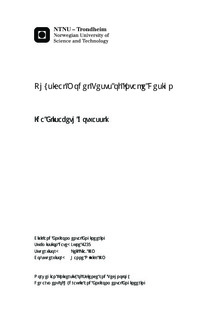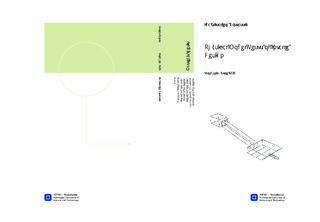| dc.description.abstract | As there are no detailed guidelines on how to design culverts including sediments and debris, a laboratory model was made to find solutions to how sediments deposit in front of the culvert and how this affects the capacity. The model consisted of a collecting reservoir, receiving the water from the pumps. From the reservoir an approach channel led the water down to a basin, and further through the culvert. The main focus was to create a test program with variation of different effects, including the inlet shape, basin length, slope of the approach channel, how the sediments were added and the size and amount of the sediments. From these effects, performance curves were established to find the influence on the capacity, and when the water level overtopped the filling. The results from the experiments did not give an absolute solution to how the sedimentation problems should be solved, but good upstream geometries to reduce the risk of overtopping was found. At different discharges, the inlet shape was found to be the most influencing effect on the capacity. The inlet with wingwalls turned out to be the most reliable shape, with stable flow conditions and high amounts of water transport through the barrel. When the inlet was cut, the water flow was often unstable and oscillated, which resulted in the lowest culvert capacity. The basin length effect also showed a significant influence on the capacity, where the shortest length was better than the longer lengths. Additionally, the slope was found to give higher capacities when it was 1:5 compared to 1:9. When sediments were added to the basin, both gradually and all at once (as a landslide), the curves showed a tendency of an increased capacity. This result does not coincide with previous knowledge on the subject, and it was assumed that the influence of debris in combination with sediments is an important factor in culvert blockage. However, the sediment deposition was strongly influenced by the culvert capacity, hence the inlet shape and basin geometry. For the inlets and geometries that gave low capacities, the amount deposited in the basin was high and the sediments tended to accumulate in front of the inlet. For projects with similar water and sediment behavior as given in the performance curves, the curves can be very helpful in reducing the risk of overtopping. However, documentation of the sediment transport is necessary for establishment of the sediment deposition in the basin and in front of the inlet. A clean culvert and sediment-free area around the inlet is as important as a functioning inlet and basin geometry when hindering overtopping of road or railway fillings. | nb_NO |

